Walking around and seeing the corners that each place hides is always a beautiful way to get to know a town or a city. Strolling through Xàbia is pleasant. The town, located in the north of the province of Alicante and close to the coast, makes it a mandatory stop for tourists and visitors.
The historic center, the fishing district, its beaches, its views and its monuments are the identity of this beautiful town.
Next you have an index with all the points that we are going to deal with.
- 1.
- 1.1.
- 1.2.
- 1.3.
- 1.4.
- 1.5.
- 1.6.
- 1.7.
- 1.8.
- 1.9.
- 1.10.
- 2.
- 2.1.
- 2.2.1.
- 2.2.2.
- 2.2.
- 3.
- 3.1.
- 3.2.
- 3.3.
- 4.
Historical Xàbia
The historic center of Xàbia, known as Xàbia Histórica, is the area where much of its history is preserved. Its narrow streets and facades maintain the Gothic style of their ancestors. Until 1874, the historic center of Xàbia was walled. In 2008 they wanted to make this fact visible and a section of the old medieval wall was rebuilt.
Another of the hallmarks of the town is the rough stone that many of the portals of the buildings and houses wear.
Currently, Xàbia Histórica is the administrative center of the city. In this urban point is the Town Hall and all the citizen management offices.
The monuments and the hallmarks that make up the historic center are the main attraction for visitors and tourists.
Below we show you the tour of the historic center of Xàbia and the highlights of the visit.
Church of St. Bartholomew
We start our tour in the center of the town, where the Church of St. Bartholomew, dated from the fourteenth to sixteenth centuries. This tempo is a beautiful example of the Elizabethan Gothic style.
Municipal market
On one side of the Church, just in front of its northern façade, is the Municipal Market of Supplies. The construction dates from 1946. The site where this business center is located was the Convent of the Agustinas Descalzas.
Town hall
Right on the other side of the Church is the building that houses the own Town hall. It is from the XNUMXth century, although it was renovated in the XNUMXth century.
Plaça de Baix
The well-known Plaça de Baix is located in the vicinity of the Town hall. Specifically, it is the back of the Town Hall. The stone stairs located on both sides of the Town Hall building give access to this charming place where we can find shops and restaurants.
Stately homes
In the same square of the Church you can see two beautiful examples of stately homes of Xàbia; the Palau dels Sapena XNUMXth century or the Casa dels Bolufer from the XNUMXth-XNUMXth century.
A few meters from the Church of St. Bartholomew, continuing along San Buenaventura street, we see in front the Archeology and Ethnography Soler Blasco. This building is located in what was the House-Palace of Antoni Banyuls XNUMXth century. Its three house the true history of Xàbia. Without a doubt, a mandatory stop to learn about the ancestors and treasures of the town.
We go down Calle Primicies and arrive at Calle Mayor where we find, on the left, the Public Library. If we turn right, we see the Tena House of 1867. It was owned by a rich family of the agricultural bourgeoisie xabienca. At the beginning of the XNUMXth century it became the Tena pharmacy. Currently, this house is converted into the CA Lambert Exhibition Hall.
Public Library
The building that houses the Public Library from the historic center has a great history. The building was built in 1982 to house the Social Headquarters of the Jesús Nazareno Agricultural Cooperative. Inside, the building rises on two floors, enclosing, in the manner of a cloister, a spacious patio with rough semicircular arches.
Chapel Santa Ana
Continuing in the historic center and a few meters from the Casa de Tena, in Carrer d'Avall is the Chapel of Santa Ana, a small Gothic building made of rough stone and rectangular in shape. It highlights a semicircular arch at its entrance and a ribbed vault. In medieval times, in 1502, it was the Hospital. At present, only its chapel, the Capilla de Santa Ana, is preserved.
Municipal file
Right next to the Capilla de Santa Ana is the Municipal Archive of Jávea. The building is relatively new. In 1998 the building that would house the Municipal file, but it is not until 2018 when it opens to the public. In it, all the documents produced in the Town Hall are kept, and where the historical documents that build local history are also preserved.
Convent of the Augustinian
Again we return to Calle Mayor and go down it until we reach the Placeta del Convent where we find the Convent of the Agustinas.
Riurau d'Arnauda
Another monument that shows the tradition of Xàbia is the Riurau dels Català d'Arnauda. From the Placeta del Convent we go up the carrer Oms to the Plaza de la Constitución where we will enter the green area (Montaner Park). There we found the Riurau, which was transferred to this point from its original location. The riurau is the most representative example of the importance of the raisin trade in this area.
To finish our tour of the center of Xàbia, we leave Riurau through the central part of Montaner Park in the direction of Plaza de la Constitución. Once there, we continue along Calle Bonaire to Avenida Príncipe de Asturias where we will find the reconstruction of the medieval walls that we discussed at the beginning of our report.
Duanes de la Mar
As a second proposal for a walk to get to know Xàbia, we recommend the fishing district of Duanes de la Mar. Its origins date back to the 1871th century. Known as Puerto, this urban nucleus of Xàbia did not acquire importance until the middle of the XNUMXth century and later centuries with the export of the raisin. The first breakwater and jetty date from XNUMX.
The Duanes neighborhood began to develop after the crisis of the raisin trade. From there, the purely fishing activity began and continues to this day. The old whitewashed fishermen's houses with the ground floor and narrow streets are now the essence of this urban nucleus.
Monuments
Once in the fishing district, we start the tour from the Church of Our Lady of Loreto, in San Pío X street. The sculptural silhouette of the Parish of the Sea it can be seen from different points of this urban nucleus.
Church of Our Lady of Loreto
The Church of Our Lady of Loreto is one of the main attractions of the fishing district. The avant-garde architecture of this temple enhances the charm of Duanes de la Mar. Inaugurated in 1967, it has a daring design in which the ceiling represents the keel of a ship.
We left the church in the direction of the sea by the access stairs to the promenade of the Grava beach. From there we can see the entire bay of Xàbia, Cap Prim and the Cape San Antonio.
If we continue to the right along the same promenade, bordering the beach we arrive at the exhibition hall of the Casa del Cable.
Casa del Cable
Another building to highlight is the Casa del Cable. It housed the telegraphic station that linked the Peninsula with Ibiza by means of a submarine cable. It is currently an exhibition hall. Of the original building from 1860, only the pillars of the 'naia'.
Now from this point, returning along the same path but to the left we arrive at the fishing port, fish market and Yacht Club.
Neighborhood attractions
Over the years, this neighborhood has developed without losing its charm. Today, Duanes de la Mar is one of the liveliest neighborhoods throughout the year. In its streets we can find all kinds of shops, restaurants and other services.
The arrival of the boats, the auction and subsequent sale of fish in the Lonja have become an essential attraction for our visitors. Next to the port, the Nautical Club offers different options for lovers of nautical sports.
During the year different events and parties are held, such as the Moors and Christians During the month of July. But undoubtedly the most popular and endearing for the people of Duanes are the festivities dedicated to their patron, the Virgen del Loreto, at the beginning of September.
The visit route that we have explained is the following:
El Arenal
The other nerve center of the town of Xabiera is El Arenal. The Playa del Arenal It is the main tourist center of Xàbia. Its main attraction, the beach and its wide range of leisure and gastronomy on the Paseo del Tenista David Ferrer. This urban nucleus has experienced great growth in recent years.
The beach
La Playa del Arenal it is the only one with sand in the whole municipality. It is an urban beach 480 meters long, with shallow waters and coarse sand. It is located in the center of the bay of Xàbia, it is the main tourist center and one of the best known and most frequented beaches by bathers.
Roman settlement
At its northern end of the Beach, in the well-known Punta de l'Arenal-Muntanyar or also Minister Creek, are the remains of an important Roman settlement, where today the Parador de Turismo de Xàbia is located. Modern constructions destroyed this settlement, but a part of it is still preserved. This Roman-era settlement was occupied for more than 600 years.
In this commercial settlement a large excavated raft is preserved, known as the 'Baths of the Queen' and it was also the place where the Romans made salted fish, which could be the main economic activity of the factory discovered there.
Punta de l'Arenal viewpoint
From here you can see Punta del Arenal, a Roman commercial settlement from the XNUMXst century BC, hence its name. In addition, from this corner you can see, completely, the Arenal beach and Cabo de San Antonio.
Here are the highlights of this nerve center.
What else to see in Jávea
But Xàbia, in addition to its three urban centers, has many charms and attractions that are a must.
- The coves
- The Walk of first Muntanyar (Mediterranean Avenue)
- La Plana of Xàbia and its Mills
- Cabo de la Nao
- The Cape of San Antonio and its Lighthouse
- El Castle of the Granadella

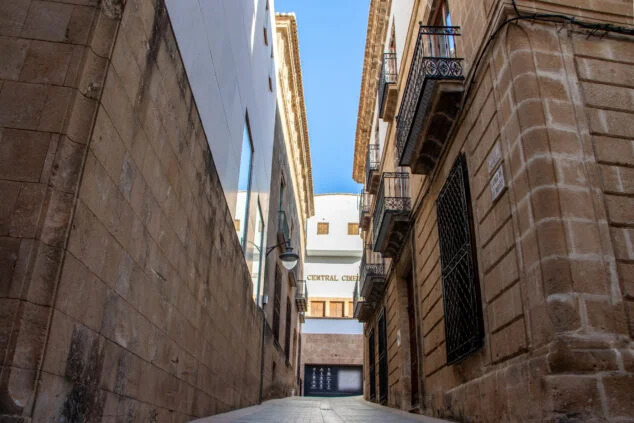
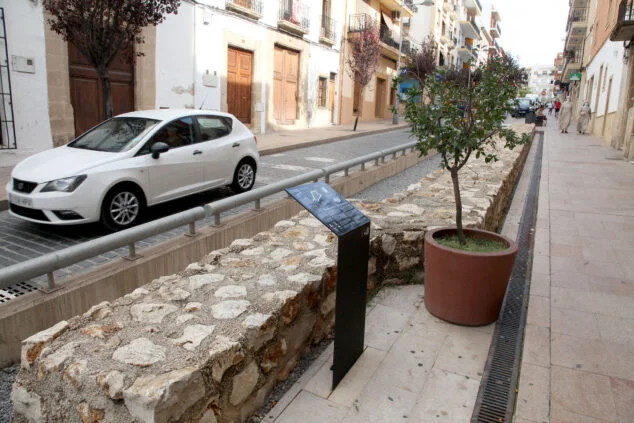
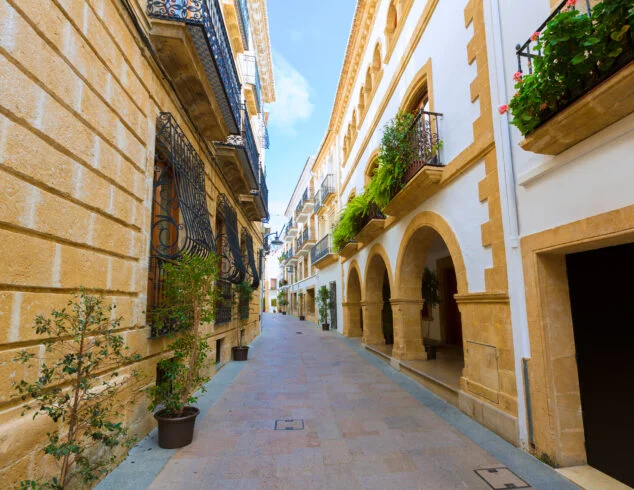
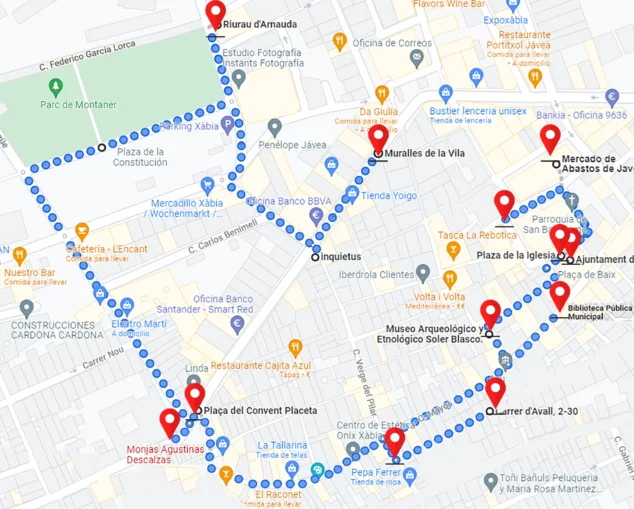
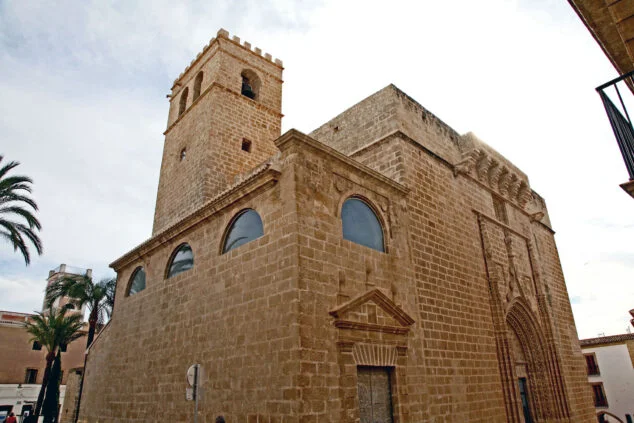
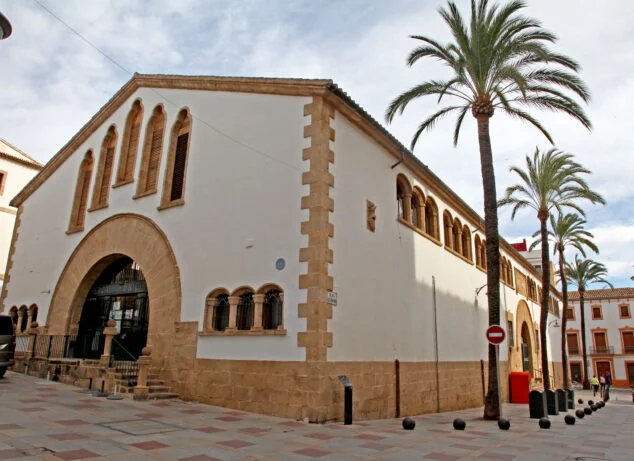
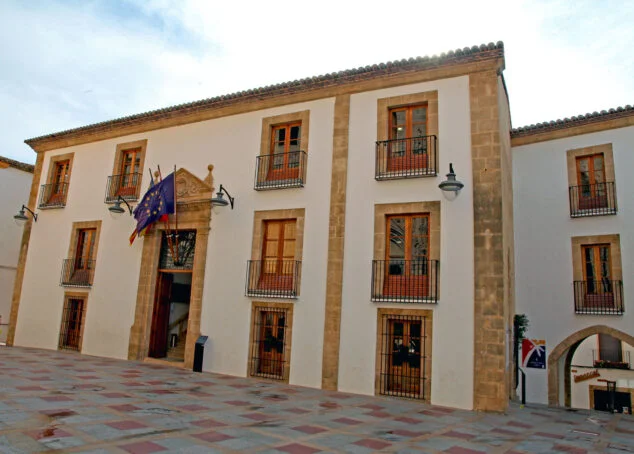
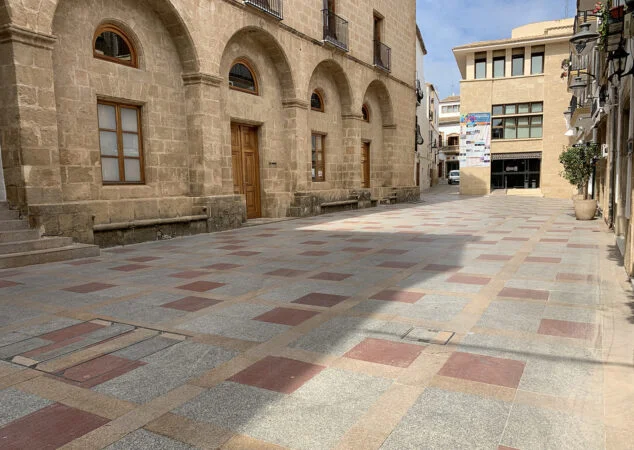
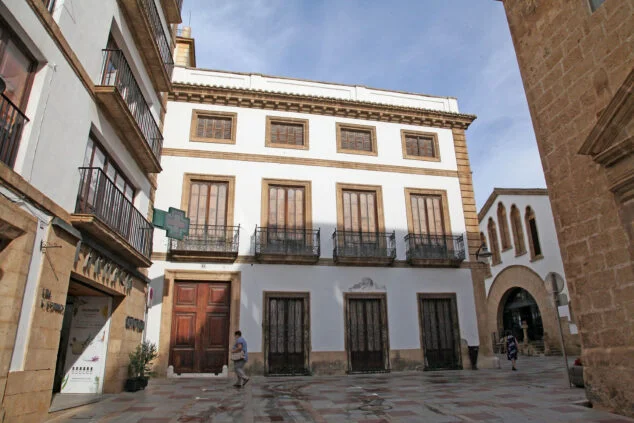
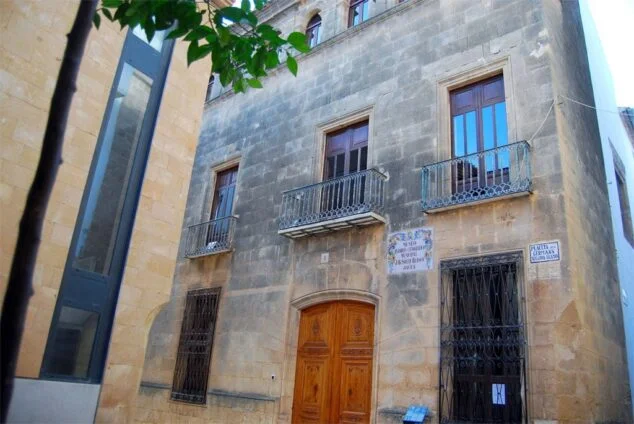
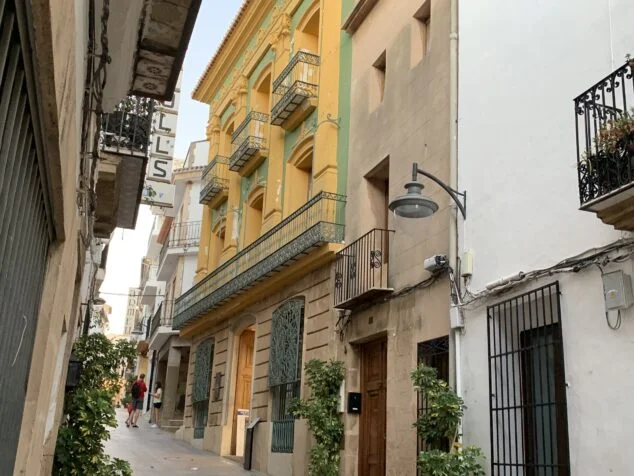
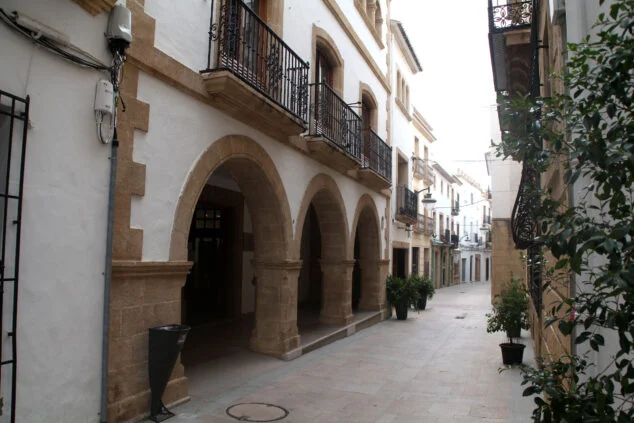
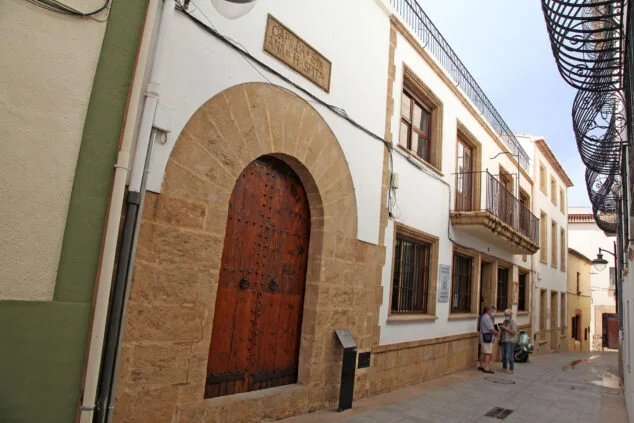
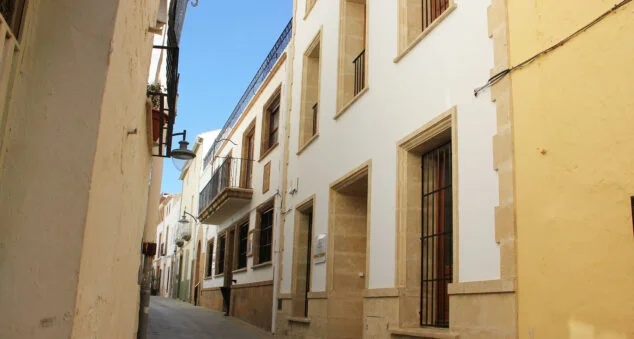
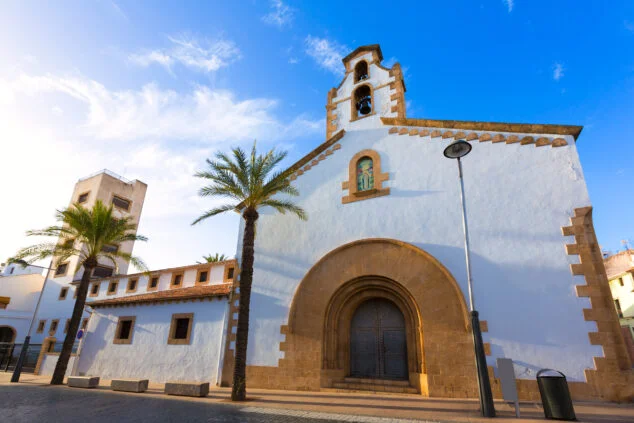
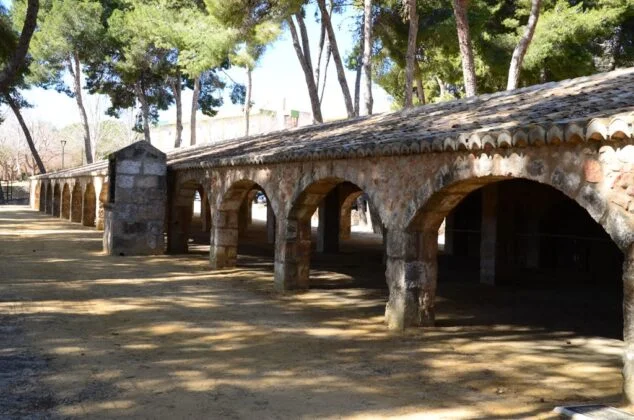
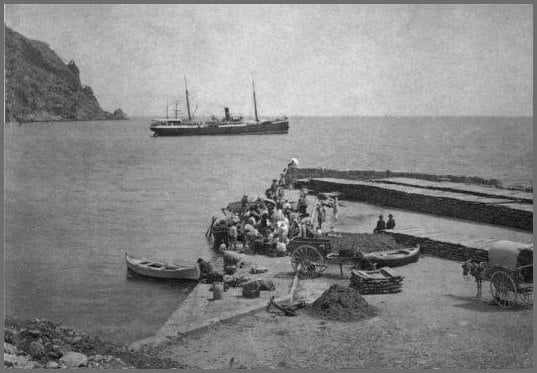
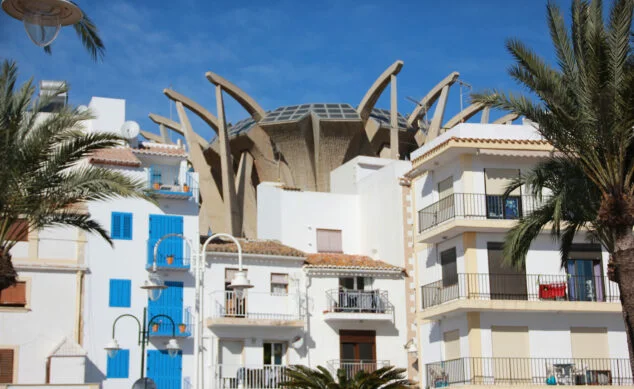
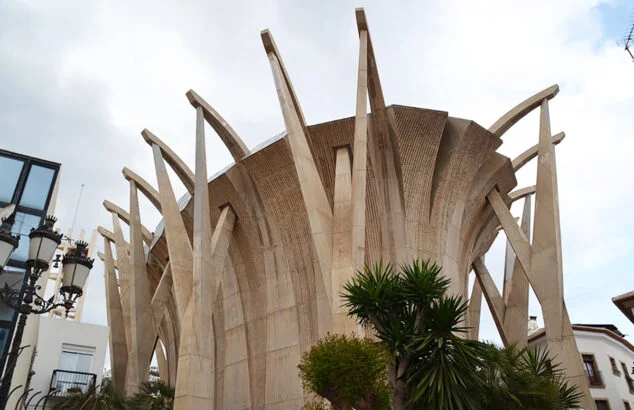
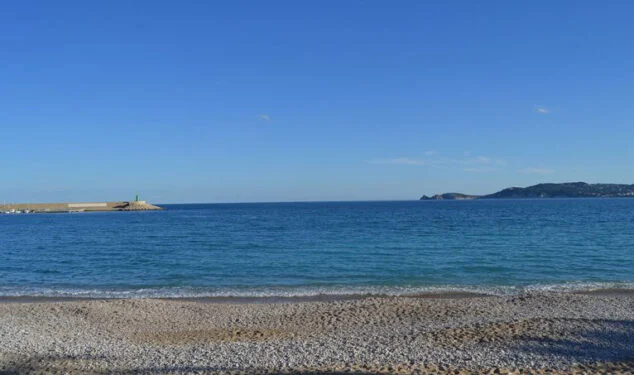
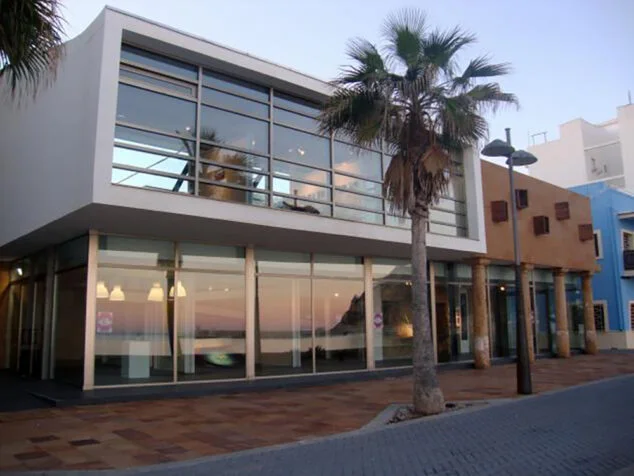
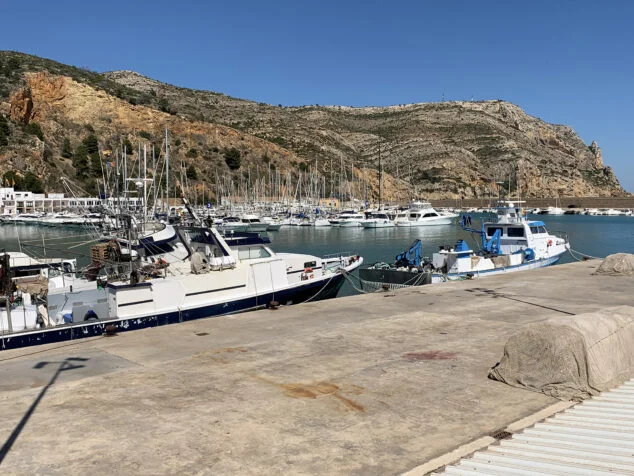
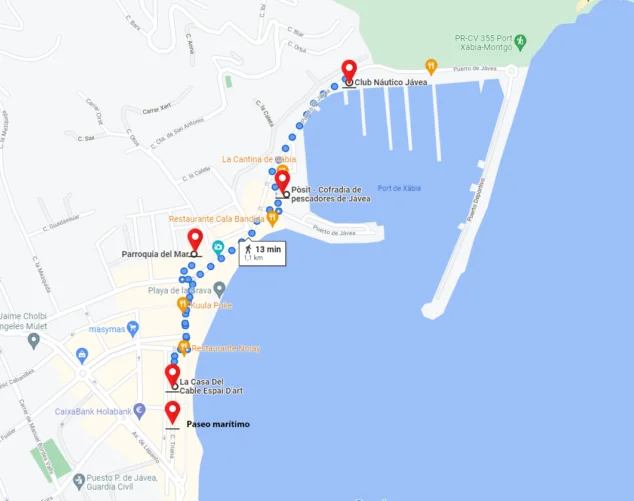
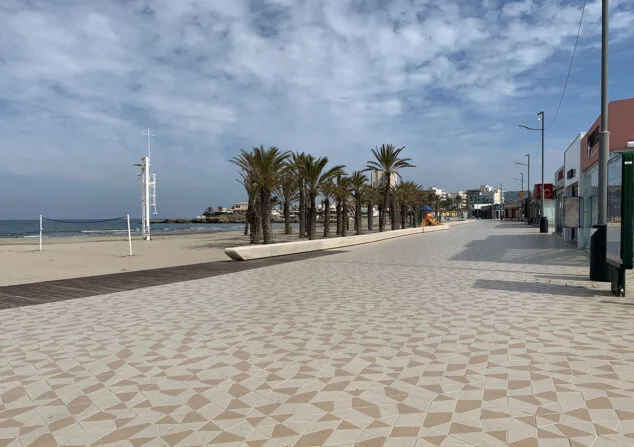
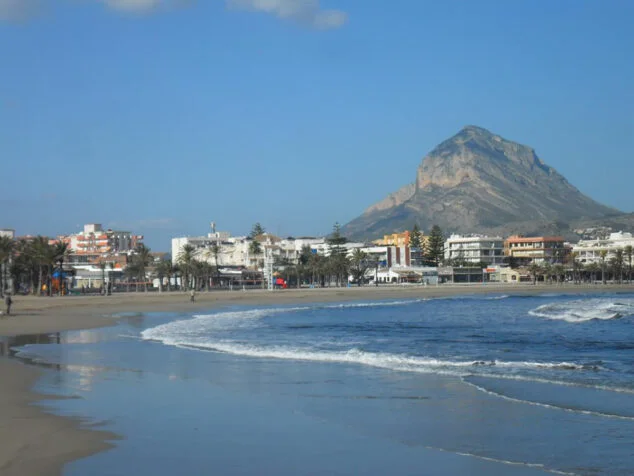
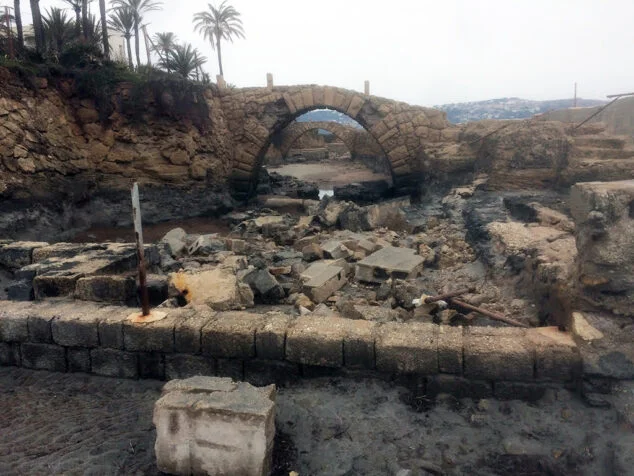
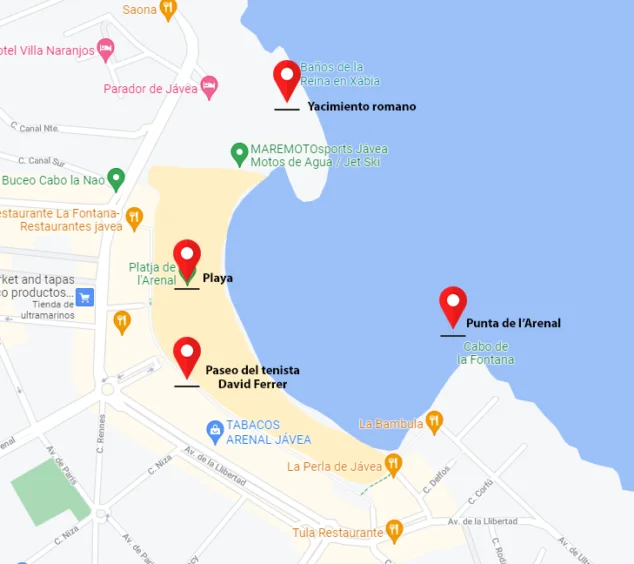
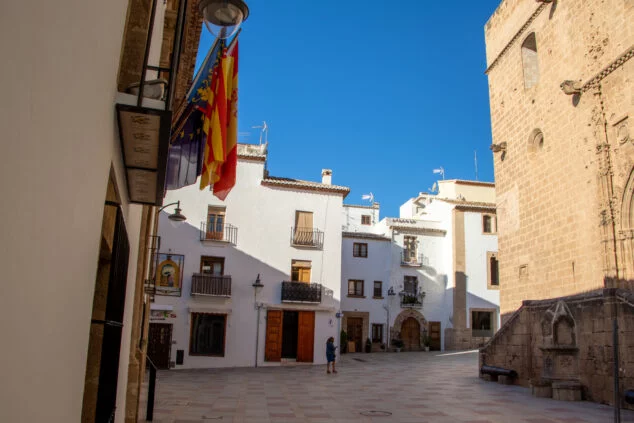



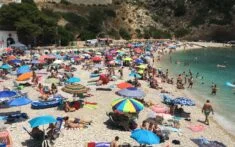
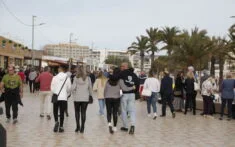

Excellent report, just to clarify that the photo that tries to show the Roman settlement would be better to change it for another. These remains of modern construction thrown and scattered above the archaeological remains give an image of an illegal rubble dump. Which is what they have transformed him into. For the all very good.
Very good report and very worked. Apart from the knowledge of Jávea, it transmits love to the people. It is a link that I will save and that will save me many explanations, Do you want to know Jávea ?, Well there it goes ...
Well deserved congratulations, Veronica, and thank you.
I knew very little about Javea when I visited it. Very good all the explanation. Thank you, Javea is wonderful. Very clean and the people are very polite and warm.